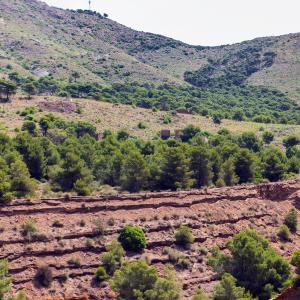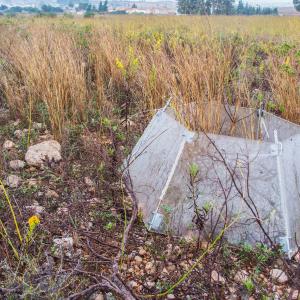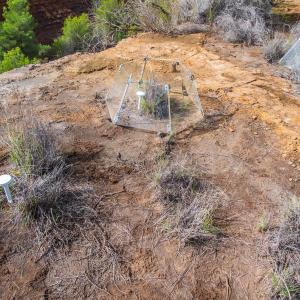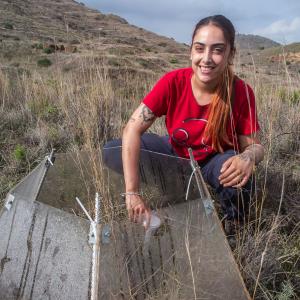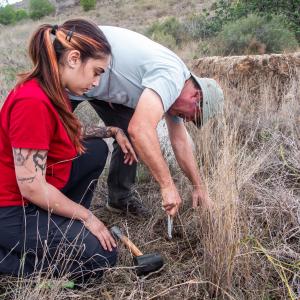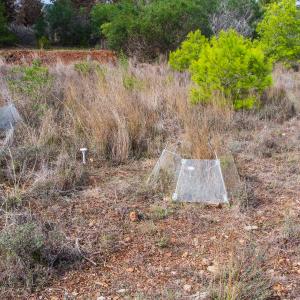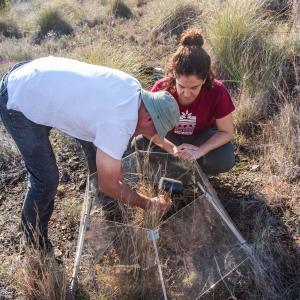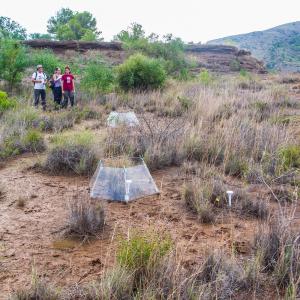Spanish Ministry of Science & Innovation and universities (R&D Projects Call 2023 – Retos de Investigación). 287.500 €.
september 2024-december 2028
Technical University of Cartagena, University of Aveiro (Portugal), Universidad de Vigo
SIMULATEs general objective is to assess how and to what extent the soil-vegetation system from conventionally restored (capping and afforestation) and spontaneously colonized metal mine tailings from semiarid areas respond to warming relative to natural areas outside the tailings. Specific objectives are: 1) to assess the effects of warming on the functionality of the soil-vegetation system at field level, considering successive seasonality to encourage system response to forced warming conditions; 2) to assess the effects of warming on soil ecotoxicity risks under controlled climate mimicking the conditions forced in the field.
Soil pollution is one of the major threats facing terrestrial ecosystems. Metal mine wastes from ore processing are among the most hazardous residues. These wastes are often deposited in open-air piles (mine tailings). Classic restoration approaches usually involve topsoil capping aiming to create a new soil above wastes and then afforestation. Despite this, millions of hectares worldwide are occupied by former abandoned, non-restored or deficiently restored, tailings. Classic restoration options have been questioned in semiarid regions due to ecosystem inability to be self-sustaining. An alternative, based on nature-based solutions principles, is to promote the growth of
plants directly on mine wastes (phytomanagement by phytostabilization). This contributes to create the so-called fertility islands that may promote plant-soil feedback and ecosystem functioning. Choosing the most suitable management option should consider aspects such as the immediate risks posed by mine tailings (structural collapse, acid drainage), their location (near or far from populations), and the economic costs. Classical restoration actions should be prioritized when tailings entail an unacceptable risk. However, in other cases, phytomanagement may be a feasible option. Since restoration aims to minimize population risks but also to enhance future environmental quality, studies about the response of mine tailings towards global warming should be considered. In this sense, how functional and ecotoxicological aspects of classically restored and abandoned spontaneously colonized mine tailings will respond to warming is an open question. Answering this question is core to evaluate the suitability of phytomanagement vs. classical techniques for mine tailings restoration in semiarid regions. To achieve this, SIMULATE will force warming conditions directly in the field, in lots with shrub vegetation, by installing small open-top chambers (OTCs). The greenhouse effect created inside the OTCs will allow rising air and surface soil temperatures, leading to greater evapotranspiration rates and, therefore, increasing soil dryness and plants stress. Physical, physico-chemical, and biological (including biodiversity of soil invertebrates/microorganisms) parameters related to ecosystem functionality will be monitored in situ and by analyzing collected samples over a 30-month period. Then, to properly evaluate the effects on soil ecotoxicity risks, multigenerational ecotoxicity bioassays with soils invertebrates will be performed under controlled conditions (climate chambers) mimicking those in the field. SIMULATE will allow forecasting global warming effects on metal mine tailings and improving their management, which, in turn, will enable a better adaptation and/or mitigation of the effects of this phenomenon.
Todavía no hay resultados para en proyecto.

